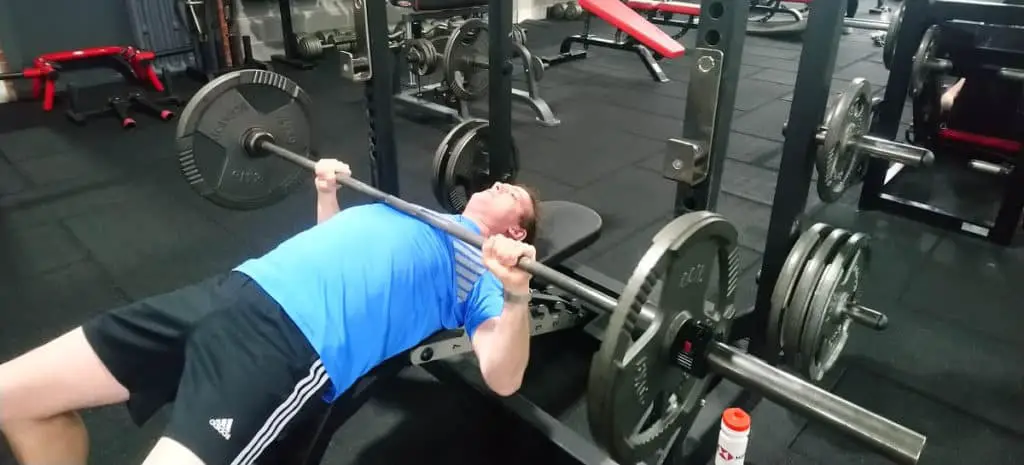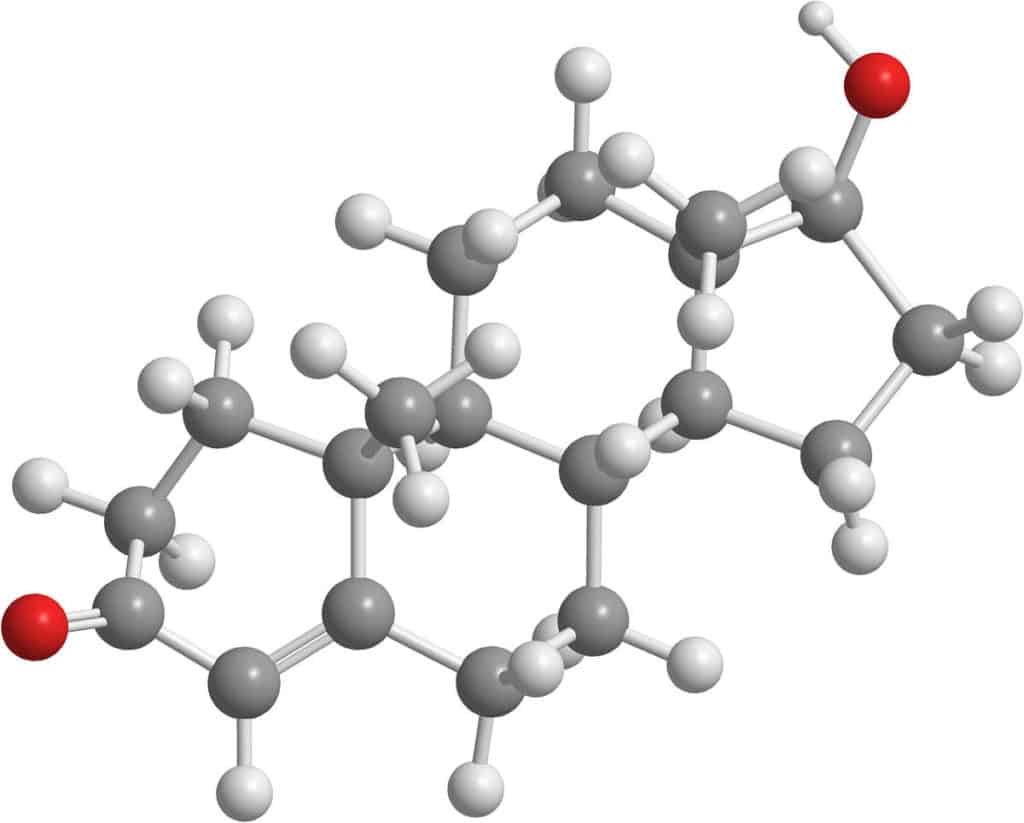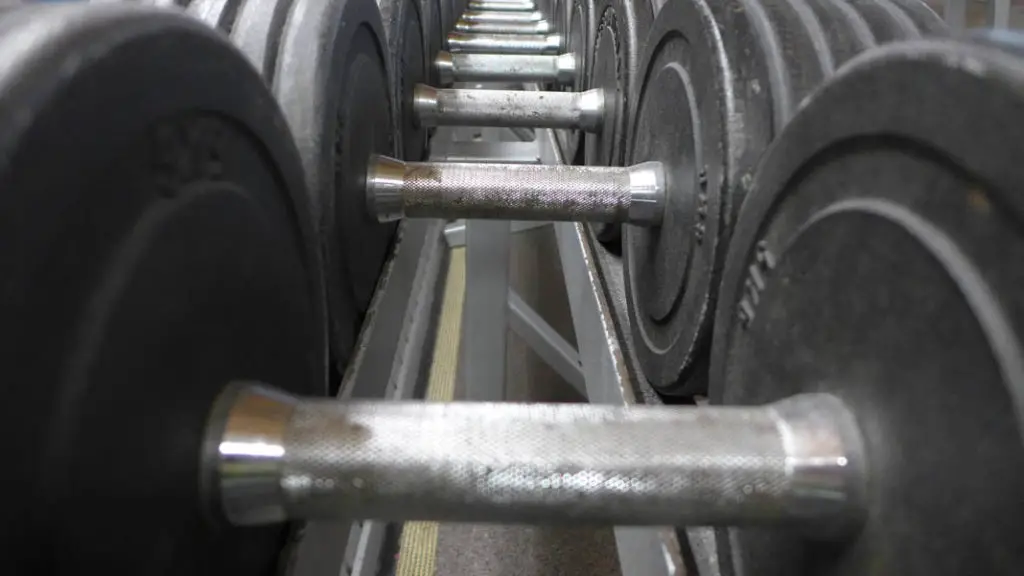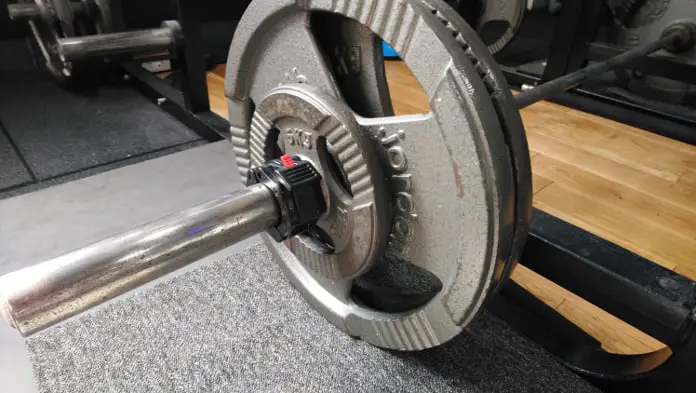Lifting heavy weights with the correct form is the best way to build strength and muscle. However, as we age, our body’s peak performance levels start to deteriorate. This might explain the fears people have regarding heavy lifting and why many seek to reduce the amount they lift as they grow older. The question then is at what age should you stop lifting heavyweights?
At no age, really. As long as you’re using the correct form, the amount of weight you should be lifting and continue to lift is not dependent on your age. Rather, it is the strength and condition of your body and personal goals that determine how much you can lift and when to tone down or change the exercise.
You can start or keep, lifting heavy weights at any age. Gradually increasing the weights as your strength develops, until you get to your maximum muscle and strength growth. Or until you attain the goals of your fitness levels or exercise.
Genetic factors like height and body type play an important role in determining the eventual amount of weight you can comfortably lift if you kept on increasing weights and training consistently.
Age does not determine when you should stop but may impact how fast and how much muscle weight you can add; Depending on whether you have been working out for long or you are just getting started.

How Muscle Building Works
To fully make sense of the discussion and the answer above, it is important to understand the basic idea of muscle building and where weight lifting comes into play.
Your body builds muscle through a process known as muscle hypertrophy. As you work out, your muscle fibers get damaged due to the strain and tension that is created when lifting the weight through the full range of motion.
After the workout, the body repairs these damaged fibers by fusing them. This fusing of the muscle fibers is what increases their size.
Strength training is an important part of progressively generating muscle growth because the muscles have to be continually placed under stress to keep on being repaired, increasing in size.

Lifting Weights Causes Four Mechanisms Responsible for the Activation of Muscle Growth
1. Muscle Tension
To continuously grow muscle, you have to progressively lift heavier weights. This is necessary because your body gets used to the same amount of weights, and after a while, the muscles no longer experience the necessary tension to stimulate muscle growth.
Muscle tension also improves the connection of all motor units with the muscle fibers. Motor units are made up of motor neurons and skeletal muscle fibers.
2. Muscle Damage
As you lift weights, you experience local muscle damage which at the beginning or when loading a heavier weight results in soreness after the workout. This is what people refer to as DOMS (Delayed Onset Muscle Soreness).
This damage, as mentioned above, activates satellite cells responsible for the regeneration and growth of muscle cells.
3. Metabolic Stress
Most people who lift weights experience what they call ‘a pump’ while working out. This experience is caused by the metabolic stress around the muscle, which results in its swelling along with the connective tissue around it.
The swelling comes as a result of additional glycogen in the area, which helps boost muscle growth without necessarily causing an increase in muscle cell size.
The process is known as sarcoplasmic hypertrophy and explains why some people can have the look of bigger muscle without having the accompanying increase in strength.
4. Hormones
Hormones play an important role in building muscle. Testosterone is a significant hormone, but its levels decrease with age, and it is also less in women. This is the reason why women and older people may not experience the same muscle growth as young males who have the hormone in abundance.
It does not mean you will not gain muscle, only that you will have to work harder and longer. But the results are worth it.

Testosterone Molecule
The flip side of muscle building is muscle loss. It may take more than you imagine, sometimes even months, to lose the muscle you have gained. However, that depends on whether you have been working out previously and the levels of your current fitness.
The muscle loss principle is; the muscle you do not use you lose. So, stopping lifting weights out of fear may be detrimental to your hard-earned gains in the long run.
But don’t worry if you do have to stop working out you will be able to regain this muscle quickly. Because the truth is you don’t lose muscle, the muscle fiber nuclei shrink to conserve energy.
Benefits of Lifting Weights as You Age
Instead of stopping or never lifting heavy weights and resistance training as you age, numerous research advises you to be actively engaged in it.
How heavy you can lift is largely dependent on your fitness levels. You can add more weight, progressively increasing as you build more muscle mass.
The weights you use in any workout should not be so heavy that you cannot lift them to the minimum number of repetitions you were targeting. Nor should they be too light that you can easily go past the set reps.
There are usually three major goals when weight training;
- Strength training will require you to have weights you can only lift in 4 – 6 reps per set
- Building muscle requires weights you can lift in 7 – 12 reps per set
- Endurance training needs lighter weights you can lift in 12 – 15 sets
Muscle development peaks at 40 years of age, and if you are not engaged in resistance training, you will start losing muscle gradually in a condition known as sarcopenia. You can find out in my other article, Do You Lose Muscle Mass After 40.
Fortunately, lifting weights can help stop muscle loss and even help you regain some of the lost muscle.
The Main benefits of Lifting Heavy Weights Especially for Older People
1. Building Strength
Strength training provides the fastest way you can build your body strength over time. Your muscle tissue is forced to adjust to match your training demands which increases your body strength. Among seniors, improved body strength allows them to be independent and less reliant on helpers to accomplish tasks.
2. Boost Brain Health
Lifting heavy weights leads to a healthier mind and improves brain function. According to research, it helps improve cognitive abilities helping boost memory. It has a positive impact on mental health like controlling anxiety and panic attacks. As well as relieving stress and depression.
3. Improve Endurance
Most daily tasks require an amount of physical exertion, and in older people, this can be straining and leads to exhaustion. Thankfully, strength training gradually improves your body endurance levels allowing you to engage in physical activity for longer periods without tiring and having body aches.

4. Build and Preserve Muscle and Prevent Muscle Loss
Lifting weights at any age will help you build your muscles and maintain it countering and reversing the wasting effect of age and prior poor lifestyle.
Your skeletal muscle is integral in your general health and body functions. Loss of muscle results in a lack of balance and poor frame, causing falls and other accidents.
As well as building muscle, strength training has a positive effect in preventing bone loss and increasing bone density, limiting the effects of osteoporosis.
5. Cut Down the Your Body Fat
Lifting heavy weights allows you to burn more calories than any other form of exercise, making it a great option if losing weight is part of your goal. When we talk about losing weight, I mean fat, not muscle.
Even for adults who have no weight issues, strength training is crucial to maintain low-fat levels. When you stop lifting weights and start losing lean muscle weight, you start gaining fat.
What are the Risks of Lifting Heavy Weights?
So, if weight training has all these benefits, why the need to stop at a certain age? As mentioned at the start, the need to stop lifting heavy weights is based on the fear that weightlifting is dangerous, and the risk of injury increases when one gets to a certain age or simply as one grows older. The truth I,s this is largely a wrong perception.
Every physical activity carries with it a risk of injury and the risk is increased by a lack of skill and poor body condition or overtraining.
A review of different literature on sports injuries shows that weightlifting carries a low injury risk compared to most sports, including soccer and running.
It is the reason why in many sports, weight lifting is used as a means to help athletes prevent injury by strengthening their connective tissues.
Still, there is a risk of injury with the following three being the main ones;
- Shifting your vertebrae out of position
- Tearing or straining lower back muscles
- Joint damage largely on the bones, tissues, and ligaments.

Safe Tips for Heavy Lifting and How to Avoid Injury
To reap the benefits of weightlifting without risking injury, observe the following tips
1. Set Goals
Define the goals you want to achieve before starting any regimen. Having goals ensures you can plan out a timeline that is motivating enough without placing too much pressure on yourself. It also guides you on the weights to use and how to add up as you progress.
2. Consult a Doctor and Use an Instructor When Starting Out
If you have not been working out for a year or longer, it is wise to consult a doctor for a physical assessment of your body. You may have niggling joint or tissue issues that you could be ignoring only to exacerbate them in the gym.
You will also need an instructor to take you through the paces and help you draft a routine matching your needs and ensuring you do not over-exercise.
3. Make Use of Warm-up Exercises
Warming up before going straight to lifting the weights is essential to straighten and stretch your muscles and ligaments preventing injury before you take to the weights.
4. Allow Your Muscles Enough Time to Recover
Most people work out most days of the week with only one rest day. They further compound the issue by taking small breaks in between exercises. Such an approach wears out the muscles and also prevents them from growing. Overtraining leads to plateauing while also increasing the risk of injury.
I recommended that you work out only 3 to four days a week and try avoiding working out consecutive days focusing on the same muscles.
Once your body gets used to training, you could increase it to 5 days a week. Just make sure you don’t train the same muscle group on consecutive days.
5. Use the Correct Form
Using the correct form is crucial for two reasons; you engage all the right muscles leading to maximum gains, and you also avoid the risk of injury.
When it comes to weightlifting, especially for those over 40 years, quality is far more crucial than quantity and ensures you are safe from injury.
Conclusion
Age is not a factor in determining when you should stop lifting heavyweights. Your goals and body conditioning are the main determinants of how much weight you should be lifting. Lifting heavy weights as long as it’s done correctly and follow all safety guidelines will continue to offer you benefits long into your twilight years.
References Used in This Article
- The intensity and effects of strength training in the elderly.
- Delayed onset muscle soreness: treatment strategies and performance factors.
- Potential mechanisms for the role of metabolic stress in hypertrophic adaptations to resistance training.
- Role of metabolic stress for enhancing muscle adaptations: Practical applications.



